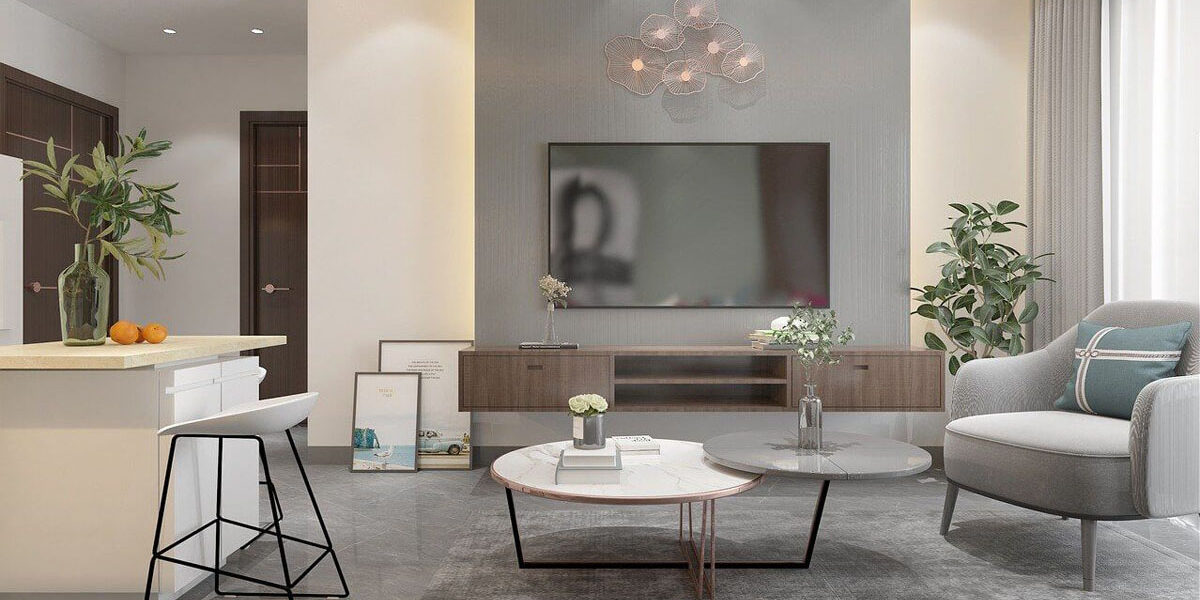Selecting the right Marble visualization software program can absolutely remodel how architects, indoors designers, and homeowners plan their areas. Imagine being able to see how a Calacatta gold marble slab could look against a navy-blue cupboard or how veins align when slabs meet—earlier than even moving into a showroom. That’s the splendor of today’s digital design equipment.
Whether or not you’re a layout expert or in reality captivated with aesthetics, these insights will assist you in picking the suitable software program to bring your marble goals to life.
Realistic 3-D Rendering for proper-to-lifestyles Visualization
The heart of any marble visualization software lies in how accurately it represents facts. Long past are the times of flat, pixelated previews. Modern systems now deliver extremely-sensible 3-D renders that simulate lighting, intensity, and natural stone texture with near-photographic precision.
Why 3-D realism matters
Correct fabric choice: A sensible render facilitates clients’ selection of slabs that fit their vision, minimizing expensive surprises later.
Improved consumer shows: Designers can provoke clients with life-like mockups, making decision-making smoother.
Light simulations: Advanced equipment mirrors how mild interacts with marble surfaces, assisting customers in understanding how the slab will appear in morning daylight versus night ambient light.
An instance believes a property owner is exploring a virtual lavatory design. The software allows them to tilt, rotate, and zoom in on the slab—seeing each vein and diffused colour variant. This immersive enjoy bridges the space between imagination and implementation.
AI-Powered Slab Matching and Bookmatching Generation
AI isn’t just a buzzword—it’s reworking how layout visualization takes place. One of the most groundbreaking innovations in marble layout is AI-primarily based slab matching.
This option mechanically identifies how a couple of marble pieces can align seamlessly for non-stop vein patterns. Bookmatching, where slabs replicate every different, will become effortless with this technology.
Blessings of AI-pushed precision
Time-saving automation: Rather than manual trial-and-error alignment, AI does it instantly.
Decreased material wastage: Correct matching guarantees gold standard slab cuts, saving costs.
Wonderful symmetry: Designers can experiment with vein continuity and styles until they locate perfection.
AI-powered marble visualization software regularly goes a step further—suggesting complementary slabs or finishes primarily based on colour tone, texture, and light absorption. Meaning less guesswork and more design brilliance.
Interactive Room Customization and Digital Environments
Visualization isn’t pretty much seeing a slab—it’s approximately experiencing it in context. That’s why present-day equipment includes interactive room customization alternatives.
Users can genuinely “install” marble in a diffusion of settings: living rooms, kitchens, toilets, lobbies, or even whole business areas. You could trade wall paint, upload decor, or modify floors to see how the marble interacts with different materials.
Pinnacle interactive capabilities encompass:
Room templates: Pre-set scenes assist designers in fast visualizing marble in common spaces.
Custom uploads: Customers can upload photographs of their actual spaces to see how a selected marble layout suits them.
360° navigation: some platforms permit immersive, panoramic exploration of the space.
This feature is a game-changer for interior designers pitching ideas to clients—it transforms static photos into reviews. Customers can literally walk through a design earlier than a unmarried tile is reduced.
Cloud-based Accessibility and Collaboration equipment
In a global world wherein groups are regularly spread across cities—or even continents—cloud connectivity has turned out to be a must-have.
Modern-day marble visualization software permits customers to keep, proportion, and collaborate on tasks immediately in the cloud. This not only complements convenience but also streamlines workflows throughout groups.
How cloud integration helps
On the spot, get right of entry to anywhere: Designers, fabricators, and clients can view updates in real-time, from any tool.
Model control: No greater confusion with a couple of layout documents—anybody can see the contemporary model.
Team collaboration: more than one user can comment, annotate, and tweak designs concurrently.
For companies, this indicates quicker mission cycles and smoother consumer communication. It’s mainly beneficial when coordinating among designers, marble providers, and setup teams.
Huge Marble Library and custom Slab Uploads
A software’s price is most effective as strong as its library. The nice visualization equipment functions complete marble databases, including natural, engineered, and wonderful stones.
Customers can discover loads of textures, shades, and finishes—from Carrara and Statuario to Nero Marquina and past. Every comes with distinct surface statistics—gloss, sample intensity, and grain path—so that you can simulate actual-world results.
Custom uploads: bringing your own slabs
Designers and providers can also upload custom slab pix for personalized visualization. This option is particularly precious for marble shops wanting to exhibit their unique inventory in digital showrooms.
Why is this option subject to
Endless creative freedom: users can test with uncommon or proprietary stone types.
Correct client previews: shops can show clients precisely what they’ll acquire.
Inventory integration: A few gear sync with dealer databases, showing slab availability in real-time.
Via merging a large library to add flexibility, users benefit from total design manipulation—balancing concept with practicality.
Bonus: Augmented reality (AR) and digital reality (VR) Integration
Even though no longer but time-honored, AR and VR are speedy becoming the next frontier of marble layout. With AR, clients can immediately assign marble surfaces immediately into their homes using smartphones or capsules. VR, on the other hand, lets in complete-scale immersive exploration through headsets.
Believe strolling through your destiny kitchen and touching the marble countertop, simply—it’s not technological know-how fiction anymore. These technologies raise consumer engagement and turn layout into an emotional experience.
Common errors to avoid whilst choosing Visualization software
Despite so many features available, not every platform fits every need. Here are a few common mistakes to keep away from:
Overlooking consumer experience: Fancy capabilities are useless if the interface is complicated. Pick software that’s intuitive and smooth to navigate.
Ignoring rendering satisfactory: some gear may additionally appear appropriate in previews, however, lack depth in lighting fixtures or texture realism.
Skipping compatibility assessments: ensure the software program integrates with famous design software like AutoCAD, SketchUp, or Revit.
Forgetting overall performance necessities: Rendering can call for sturdy hardware—make sure your gadget can handle it.
Taking time to assess these elements can save you frustration (and money) in the end.
Final thoughts
Choosing the proper marble visualization software isn’t pretty much digital convenience—it’s approximately unlocking layout freedom. The 5 key functions we explored—sensible 3D rendering, AI-driven slab matching, interactive room visualization, cloud collaboration, and big marble libraries—define what makes a platform surely cutting-edge.



